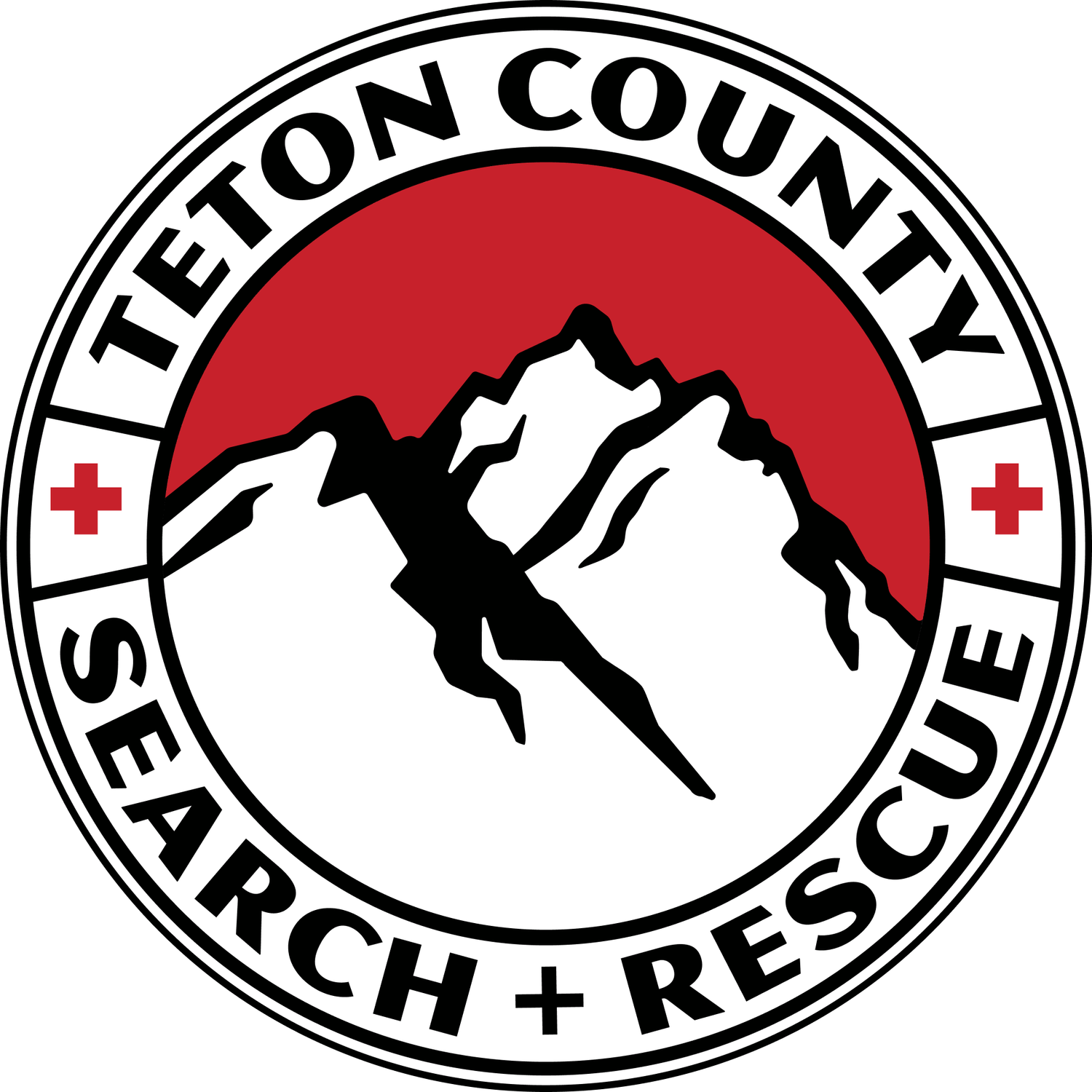Teton County Search & Rescue recently passed a series of winter-based tests administered by the Mountain Rescue Association (MRA), helping the team earn winter rescue accreditation from the oldest SAR association in the country.
Those who keep a close watch on TCSAR are already aware of the volunteers' high level of commitment and care, but the accreditation demonstrates their skills according to a national set of standards, and is yet another reason for the community to be proud of their efforts.
The accreditation means TCSAR has access to MRA’s extensive network of teams from across the country and advanced training opportunities with outside agencies. “We are constantly seeking ways to improve, and getting feedback from folks outside our organization can identify things we miss internally,” said Doug van Houten, TCSAR’s logistics advisor and team member since 2015. “That we passed with flying colors validates our high training standards and places member expectations inline with industry standards.”
The recent MRA test included 19 TCSAR members who had to demonstrate skills in numerous avalanche rescue and winter emergency scenarios. Photo: David Bowers
The accreditation process consisted of three different field tests on January 22 up on Teton Pass. Nineteen volunteers from TCSAR took part, including nine members from the team’s new class. The team already trains on many of the scenarios featured in the accreditation, but they still ran through the paces during regular team trainings in December and January and practiced on their own time as well. Three members from the local Venture Crew also participated as patients.
The biggest piece was a simulated avalanche rescue, consisting of an unknown number of burials, beacon searches, probe lines, uncovering the buried patients, and providing patient care and transport. The test began with a reporting party saying they had seen an avalanche hit another group of skiers but that they didn’t know how many people were buried. Under the close observation from four MRA accreditors, the team initiated an Incident Command structure, held a safety briefing to set up roles and responsibilities, identified external hazards, and then sprung into action.
Providing a high standard of patient care is a key element to all TCSAR training exercises. Photo: David Bowers
“Through the beacon search, we found two subjects, one was deceased, and another we got a pulse through CPR,” van Houten said of the simulation. “We provided medical care to that patient, and needed to demonstrate rigging for transport. At the same time, we found another subject hiding in the trees. Through that person, we learned that another skier was missing. We initiated a probe line along a series of clues, going fingertip to fingertip, elbow to elbow, and found the last burial subject.”
While the probe line was taking place, other team members were testing on providing patient care and technical rope rigging to transport the first subject. Other parts of the accreditation included an equipment check for five individual members, as well as demonstrating the use of ice axes, crampons, and self-arresting on steep slopes.
To be fully MRA accredited and become a regular member, TCSAR would also need to complete the association’s summer accreditation in Technical Rescue and Search Management. As yet, this hasn’t been scheduled.
“The team values its partnerships and relationships,” van Houten said. “Accreditation provides additional opportunities for TCSAR to network with other mountain rescue teams to both gather and share ideas and best practices.”
During the MRA test, TCSAR had to conduct a probe line based on visual clues to find an avalanche burial victim. A grim but necessary skill for winter rescue in Jackson Hole. Photo: David Bowers



